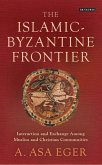
22,95 €
Sofort per Download lieferbar
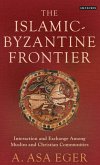
22,95 €
Sofort per Download lieferbar
Ähnliche Artikel

24,95 €
Sofort per Download lieferbar

eBook, PDF
24. Oktober 2018
Taylor & Francis eBooks
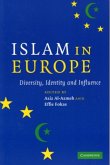
29,95 €
Sofort per Download lieferbar

Statt 24,00 €**
18,99 €
**Preis der gedruckten Ausgabe (Gebundenes Buch)
inkl. MwSt. und vom Verlag festgesetzt.
Sofort per Download lieferbar

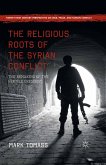

21,95 €
Sofort per Download lieferbar
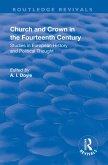
eBook, PDF
24. Oktober 2018
Taylor & Francis eBooks
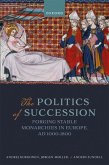
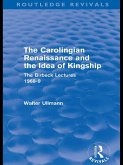
eBook, PDF
29. Januar 2010
Taylor & Francis eBooks
Ähnlichkeitssuche: Fact®Finder von OMIKRON
